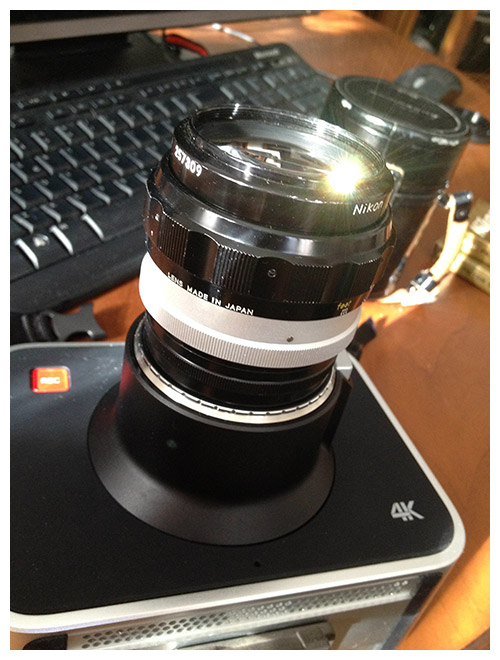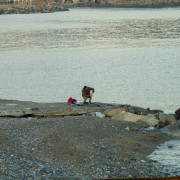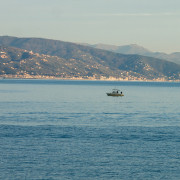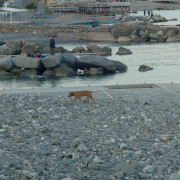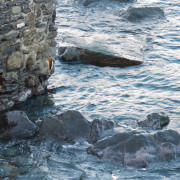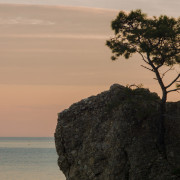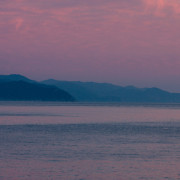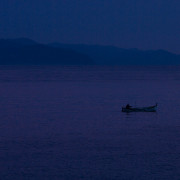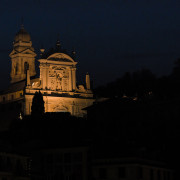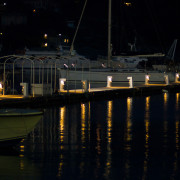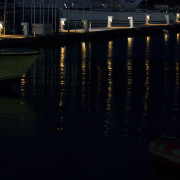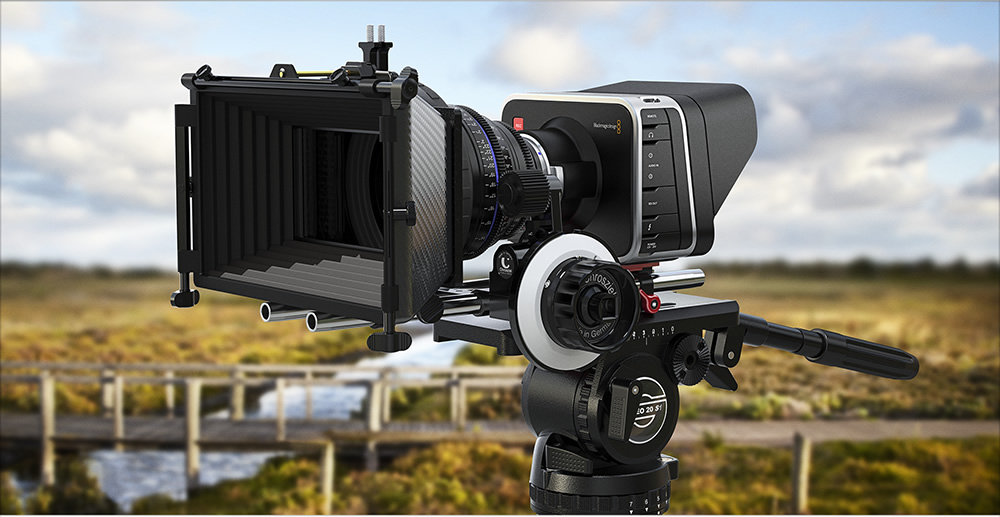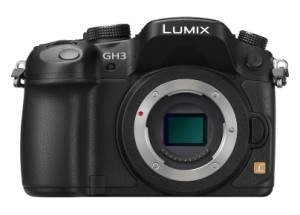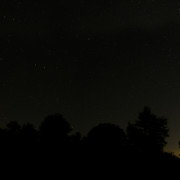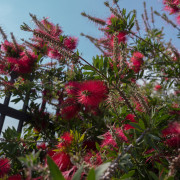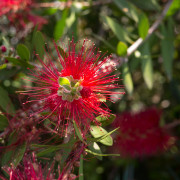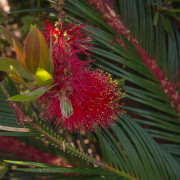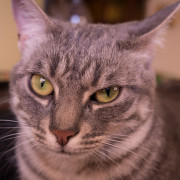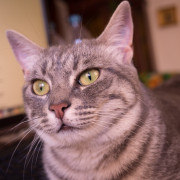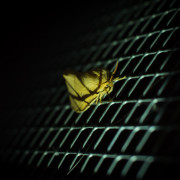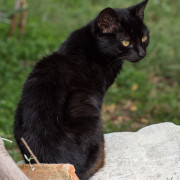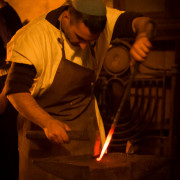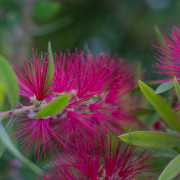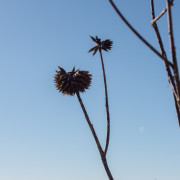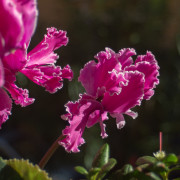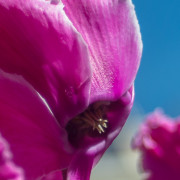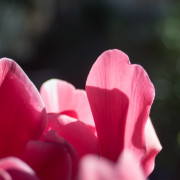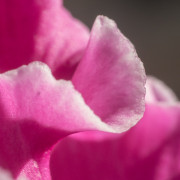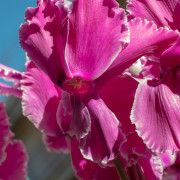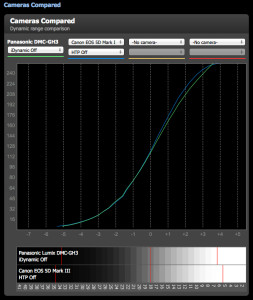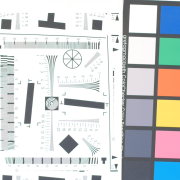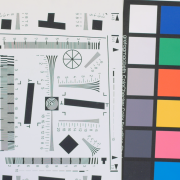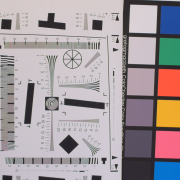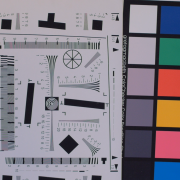In the digital world, where everything has to be pushed to the extreme, where everything has to be perfect, every image perfectly sharp, contrasted, and accentuated, I find much more elegance in vintage lenses of a certain type, which offer, yes, excellent sharpness, but a taste and elegance of image that I find in few modern lenses.
I had been looking for this historic lens for some time, because it ranks as one of the best 85mm lenses ever made by Nikon, and made famous by Antonioni’s film BlowUp, where David Hemmings used f1 and this lens to capture Vanessa Redgrave. The aura of magic surrounding this lens has been amplified by the fact that many famous photographers have made it their workhorse, making it difficult to find it on the secondhand market at affordable prices in good condition.
Nikon produced this gem between 1964 and 1972, an 85mm 1.8 lens designed for portraiture but expressing light and image pleasantness in many other situations as well. The lens began life as a full manual, solid metal body as it once was, ready to withstand gunfire, and with a pleasing focus ring, smooth and suitable for video and not just photographic use.
Mounted an adapter from Nikon to Eos EF, it was immediately love at first sight, the smoothness and at the same time the detail this little lady offers is extraordinary.
Photographing a beautiful girl would have been too easy as a test, it was born for this purpose, and would have given light to it, I preferred to stress it under other conditions, that is, in the long distance, although a pp of my cat to test its detail and cleanliness, I did it to see how it behaves in the close-up plane.
A few frames extracted from a shoot done with a Blackmagic 4k in raw, so I shot 24 frames per second in raw 16 bit saved in log 12bit dng, then developed in Lightroom as if they were photographs.
Each of these frames was captured at 400 asa, the camera’s native sensitivity, with aperture between 1.8 and 5.6 depending on the amount of light available, in most cases I worked in TA 1.8, and despite this the images offer good sharpness. Of course what you see here are simple jpegs where a little of the original sharpness is lost.
- Nikon 85mm 1.8 BMPC 4k raw 400 iso
- Nikon 85mm 1.8 BMC 4k raw 400 iso
- Nikon 85mm 1.8 BMPC 4k raw 400 iso
- Nikon 85mm 1.8 BMC 4k raw 400 iso
- Nikon 85mm 1.8 BMC 4k raw 400 iso
- Nikon 85mm 1.8 BMPC 4k raw 400 iso
- Nikon 85mm 1.8 BMC 4k raw 400 iso
- Nikon 85mm 1.8 BMPC 4k raw 400 iso
- Nikon 85mm 1.8 BMC 4k raw 400 iso
- Nikon 85mm 1.8 BMC 4k raw 400 iso
- Nikon 85mm 1.8 BMC 4k raw 400 iso
- Nikon 85mm 1.8 BMPC 4k raw 400 iso

